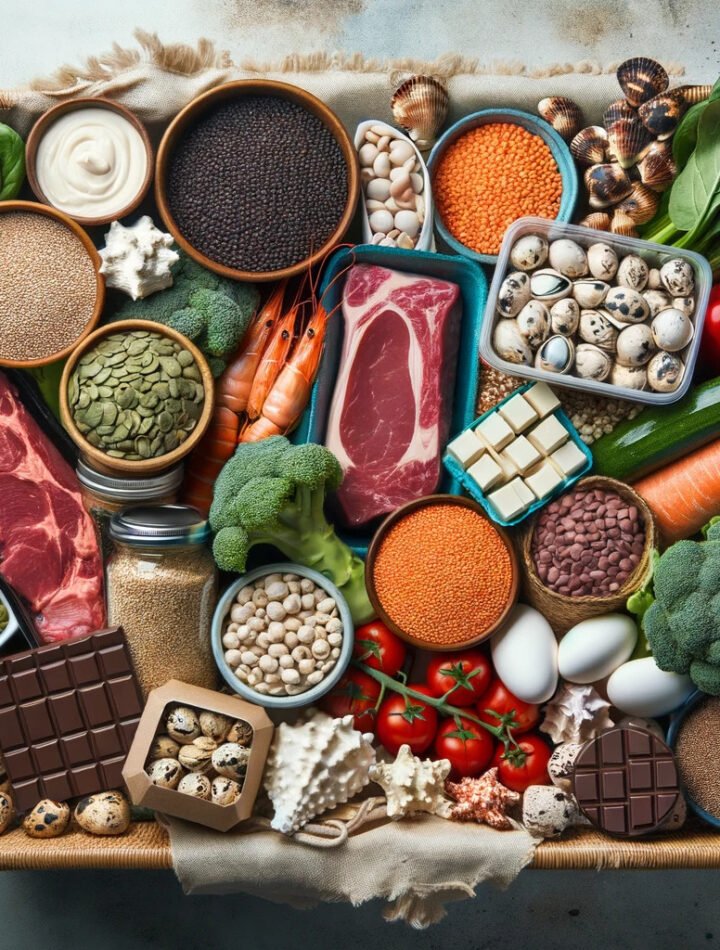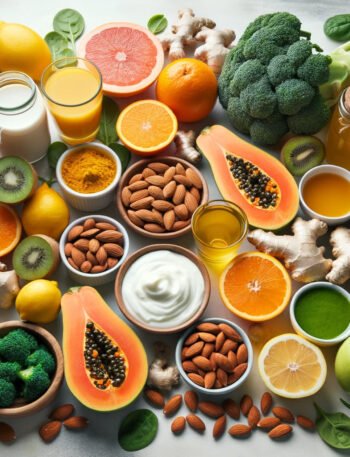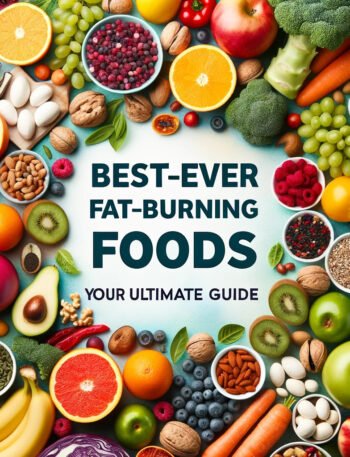Introduction to Iron and Its Importance
Iron is an essential mineral that plays a pivotal role in our overall health. But what exactly is iron, and why is it so vital? Let’s dive deep and explore!
Why Iron is Essential for Your Health
The Role of Iron in the Body
Iron acts as a transport medium for oxygen in the blood. Hemoglobin, a protein in red blood cells, requires iron to carry oxygen from the lungs to the rest of the body. Not just this, iron also supports muscle metabolism and healthy connective tissues. Sounds pretty crucial, right?
Symptoms of Iron Deficiency
Ever felt unusually tired even after a full night’s sleep? Or noticed your skin looking paler than usual? These could be signs of iron deficiency. Other symptoms include weakness, dizziness, and shortness of breath. It’s more common than you might think!
- Spinach
The classic cartoon character Popeye had a point! Spinach is not only tasty but also brimming with iron. Whether you blend it into a smoothie or toss it in a salad, it’s a nutritious addition to any meal.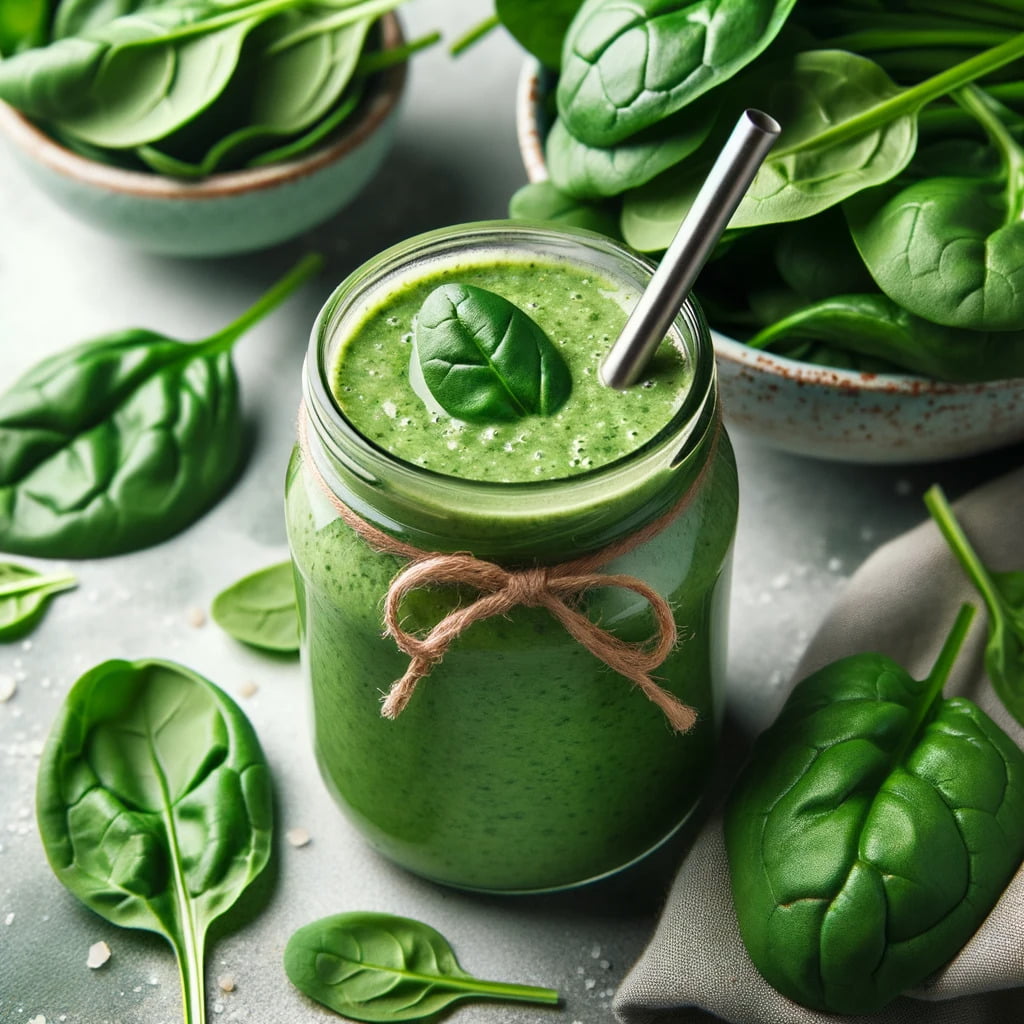
- Red Meat
From a sizzling steak to a mouth-watering roast beef sandwich, red meat is a top-notch source of heme iron. This type of iron is effortlessly absorbed by our system, making meat dishes a valuable part of an iron-rich diet. - Lentils
For those who prefer plant-based options, lentils are a treasure trove of iron. How about a warm bowl of lentil soup on a chilly day? - Tofu
Don’t be mistaken; tofu isn’t just a vegetarian staple. This adaptable soy delight is a powerhouse of non-heme iron, fitting seamlessly into various culinary creations. - Quinoa
Beyond being a contemporary superfood, quinoa boasts a significant iron content. And for those steering clear of gluten, it’s an excellent alternative! - Pumpkin Seeds
Looking for a crunchy snack? Grab a handful of pumpkin seeds. Not only are they delicious, but they also offer a generous amount of iron. Add them to salads for an extra crunch!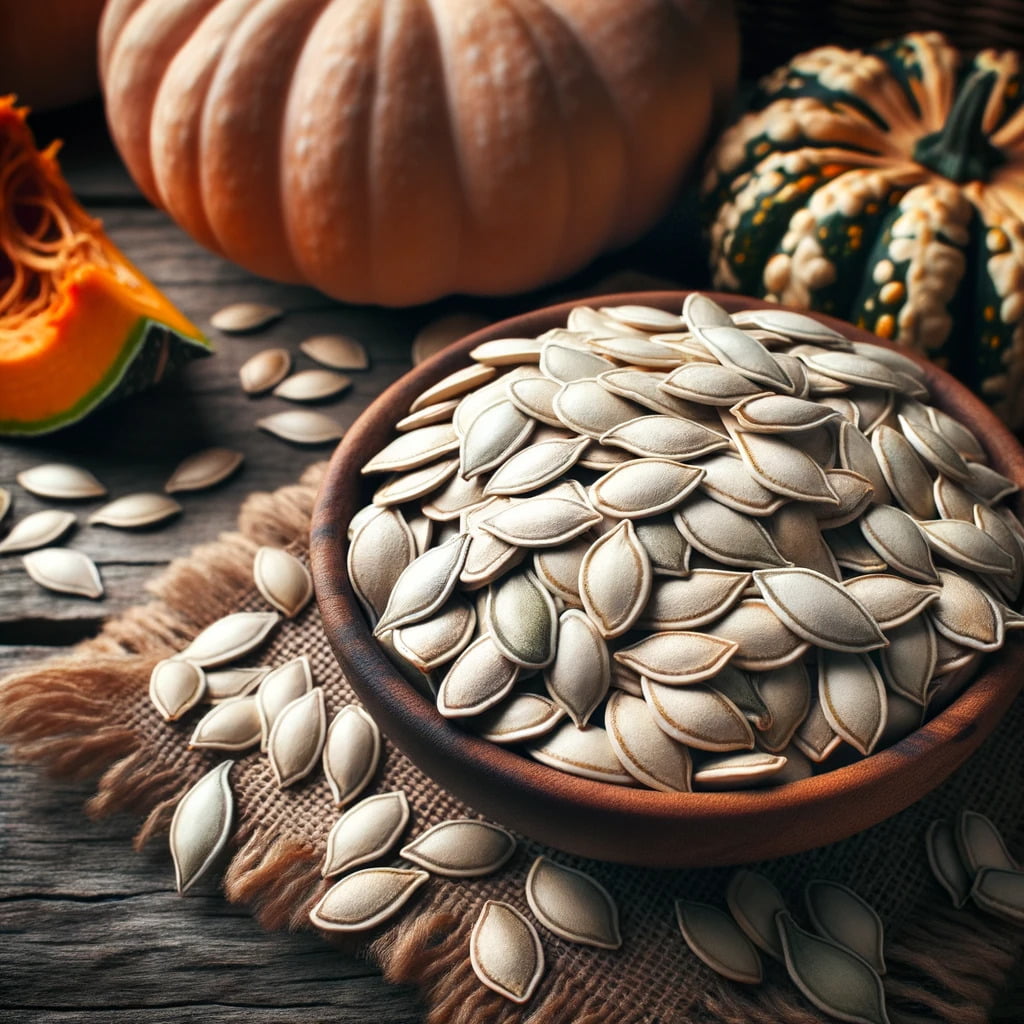
- Shellfish
Seafood lovers, rejoice! Clams, mussels, and oysters are not just flavorful but also packed with iron. Time to dive into a seafood platter! - Broccoli
Broccoli does more than just boost your vitamin C levels. This vibrant green vegetable is also a commendable source of iron. - Turkey
Consider adding turkey to your menu. Whether it’s lean ground turkey or a juicy turkey breast, it’s a tasty way to up your iron intake. Perfect for festive occasions and everyday meals alike! - Dark Chocolate
Here’s a delightful twist—dark chocolate isn’t just an indulgent treat. It’s also a source of iron! However, savor it in moderation to reap its benefits without overindulging.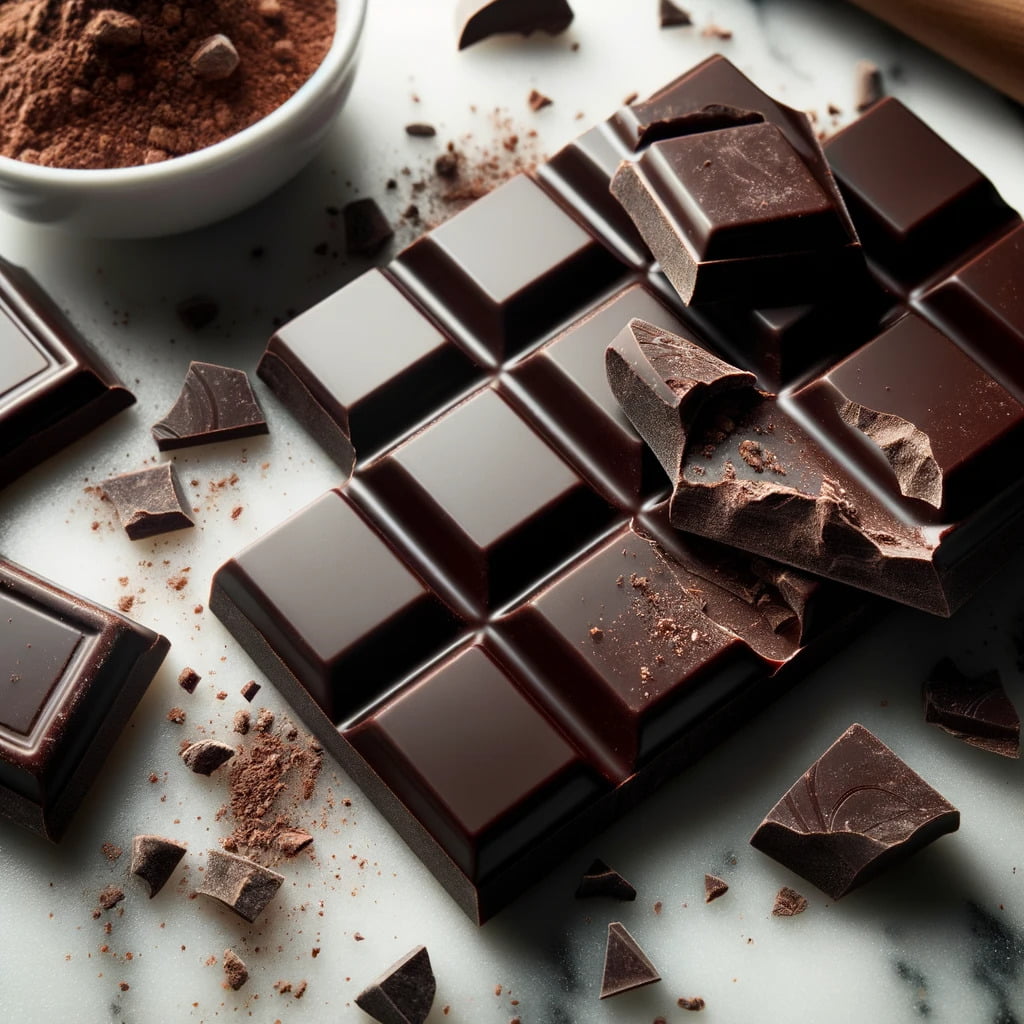
How to Incorporate Iron-Rich Foods into Your Diet
It’s not just about knowing which foods are iron-rich; it’s also about incorporating them into your daily meals. Think of diverse dishes, from stir-fries to stews, and remember to combine iron-rich foods with vitamin C sources to enhance absorption.
Conclusion
Iron is undeniably crucial for our health, and ensuring an adequate intake is vital. With the list above, you’re well on your way to meeting your daily iron needs. Remember, balance and variety are key. So, next time you’re meal planning, why not throw in some of these iron-packed foods?
FAQs
- Is iron only found in meat?
- No, many plant-based foods, like spinach and lentils, are also rich in iron.
- What’s the difference between heme and non-heme iron?
- Heme iron is found in animal products and is more easily absorbed. Non-heme iron is found in plant-based foods.
- Can I take iron supplements instead of consuming iron-rich foods?
- While supplements can help, it’s always best to get nutrients from whole foods. Consult with a doctor before starting any supplements.
- Are there any foods that hinder iron absorption?
- Yes, foods high in calcium or that contain tannins, like tea, can reduce iron absorption.
- How do I know if I’m deficient in iron?
- Common symptoms include fatigue, paleness, and weakness. If you suspect a deficiency, see a doctor.

